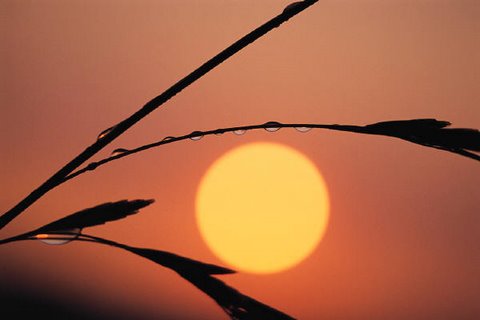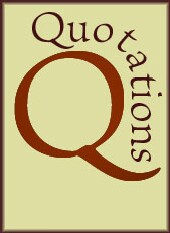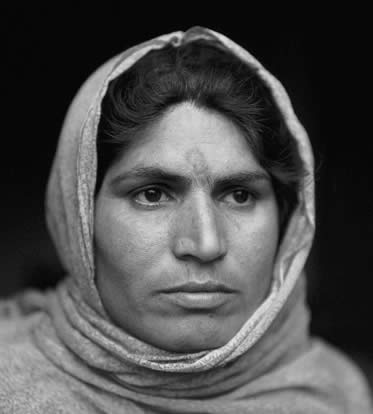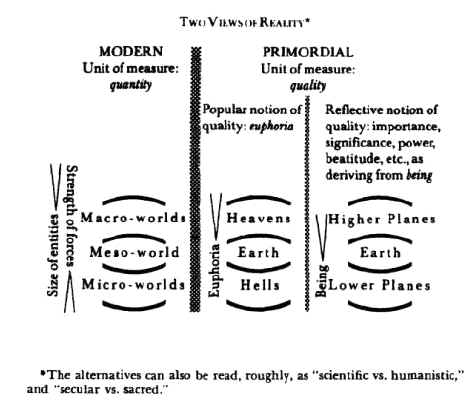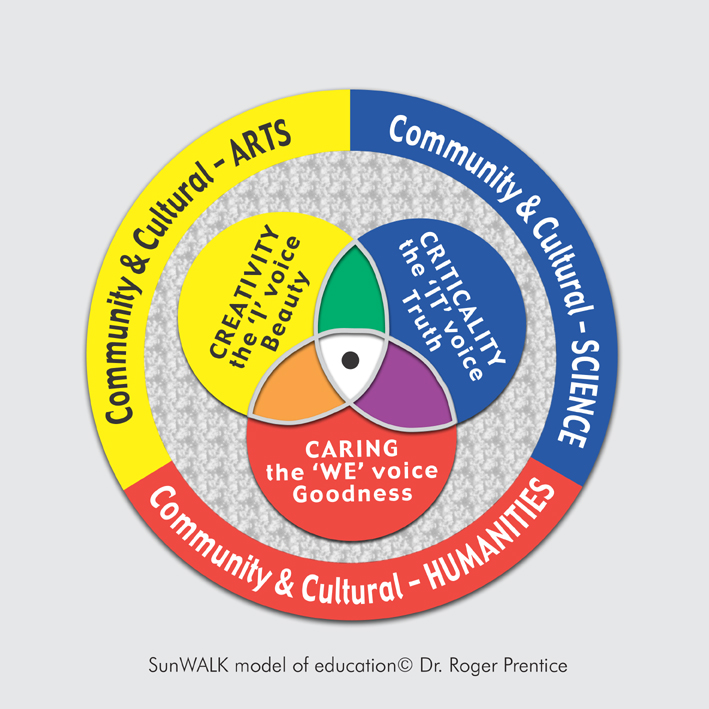In the context of discussion with contributor ‘Patrick’ I offer a contribution to the issues I raised concerning the brilliant Eckhart Tolle. I do this via a beautiful poem that describes, with exquisite simplicity, the mystical experience of non-duality, or oneness. The poem is by the renowned Chinese poet Li Po;
The birds have vanished into the sky,
and now the last cloud drains away.
We sit together, the mountains and me,
until only the mountains remain.
Li Po (701-762)
IMHO
1 Clearly for Li Po there was, to start with, on that occasion, duality.
2 I’m assuming that Li Po returned from non-duality, back in to duality – unless he sat there until his bones turned to dust. I assume he returned in order to do the laundry, chop wood, carry water. Of course he would now do them on the bed-rock of enhanced consciousness derived from his mystical/aesthetic experience of non-duality. Both wings of being human would be beating – as he scrubbed and carried and chopped. Enlightenment is now – if we let it.
In this world – the contingent world, the world of duality, the ‘Kingdom of Names’ – the complementarity of duality and non-duality is the key. Duality is not a curse, or a failing. When in dynamic inter-relation with non-dual experience it is heaven and perfection. Without non-dual experience it is hell, including the hell of relativity. The purpose of life is not just transcendence and timelessness – it is also immanence and being in time, moment by moment. Complementarity is the key.
3 The non-duality or mystic state is the same as the state of creativity (or the truly aesthetic experience). We are ‘taken out of ourselves’ as we say in modern parlance. Art and ‘religion’ are not similar, they are the same – as Coomaraswami says. It is the forgetting of self, a loss of ego boundaries, a letting go and letting God etc. But the artist as well as the mystic comes out of the non-dual state back into the dual state. – and s/he becomes someone who lives with what s/he has created. What s/he has produced might even be a bit of a shock – a bit like the dumb panda who jumps when she sees that something is moving on the floor beneath her i.e the cub to which she has just given birth. The artist becomes nurturer/appreciator/critic – more or less. They in duality are the left-brain evaluator (criticality mode) to complement their non-dual right-brain creativity mode. Complementarity is the key. One mode, and only one mode is in the foreground at any one time. Duration is from milliseconds to hours in the case of non-duality.
4 The question is are both states normal, desirable and, if the term is acceptable, God-given, i.e. both part of the life’s teaching-machine from which we are supposed to learn. Or is one state bad, immature, to be got rid of, so that we can be non-dual 24/7?
5 Intellectuality is not the same as intellectualism, just as individuality is not the same as individualism. In both cases the first is normal, healthy, proper, desirable. In both cases the second is excessive, unbalanced, undesirable and pathological. The same difference incidentally exists between sexuality and sexual-obsession. Tolle IMHO makes the mistake of not distinguishing between ego and the egotistic. He also can give the impression that he is trying to invalidate mind per se instead of distinguishing between true mind and the neurotic egotistical mind, trapped as it is by attachment.
Awareness, raised consciousness, is true mind. True mind is ‘xin’ heart-mind, interiority bathed in the light of the intellect and the warmth of true love, without attachment to forms – derived from the complementarity of the modes of duality and non-duality. ‘Without attachment to forms’ doesn’t mean without love of forms. Forms are the means (the only means) by which we can come to understand the essentiality of formlessness.
True love as Tolle says is realization of oneness – complementary to which is the glory of diversity.
God loves our celebrating diversity with Him as much as wanting us to realize oneness.
The one who is awakened is a one as well as a not-one – the Buddha was not non-Buddha – at least as a gateway, a pointer.
Spirituality or transcendence or consciousness is not increased by a diminution of intelligence, or more correctly a diminution of intellectuality. The intellect as enlightened heart-mind is the human spirit. Enlightenment comes from realization of the true Self, as opposed to self, that is the eternal. Unlimited Whole, the Silent One, God the Father, God without Name, the Nameless One etc.
Complementarity is the key. Yin is lovely only in the balanced presence of yang – and vice-versa.
6 ‘Before all else, God created the mind.’ (Koranic tradition) The intellect is the supreme gift of God to man, the pinnacle of the way in which we are made in His image – providing we realize that all rivers flow back to the one Ocean, from which those parts also have their origin. Complementarity is the key.
7 The fear and misunderstanding of the term ego. The ego is simply the part of the self – the dimension or mode – that deals with immediate reality. As such it is neutral – like the heart or lungs or kidney. Whether it is healthy or diseased – now that is a different matter. The ego is as much part of the enlightened one as with the crass self-obsessive.
God celebrates His Creativity in the uniqueness of me, as well as in His Creation of our species.
We believe what we believe – some we choose to believe, some is ingrained.
The happiest of worlds is one where we can believe different things without feeling an obligation to kill each other! Complementarity is the key.
The ultimate sickness is to know who you are through knowing who you hate.
Enough
Namaste!

